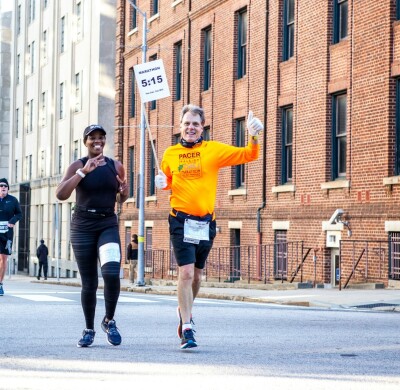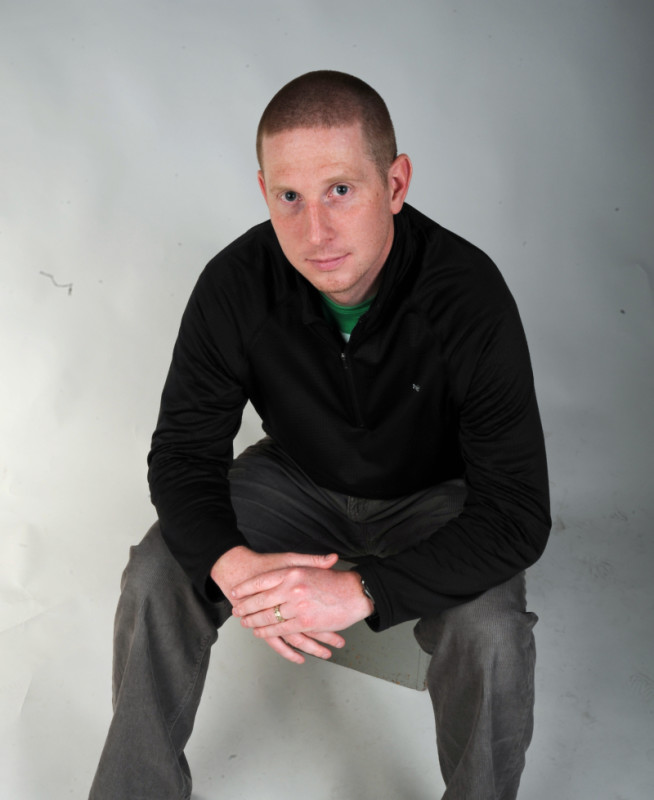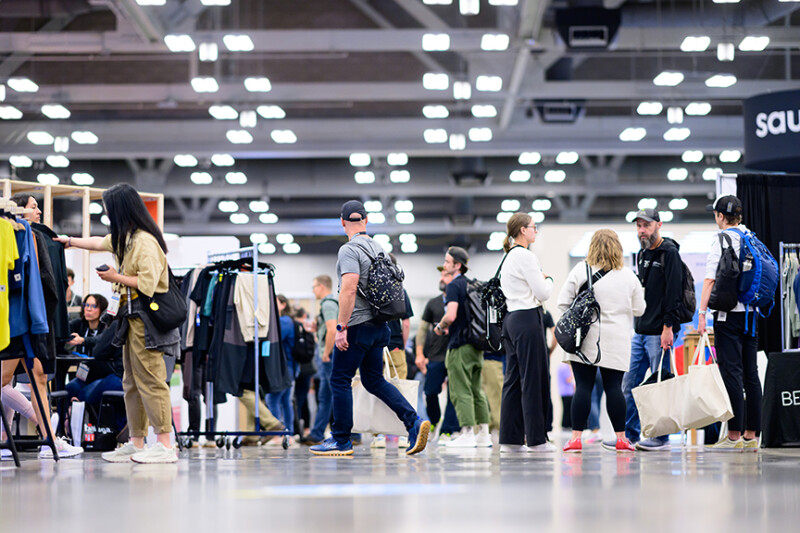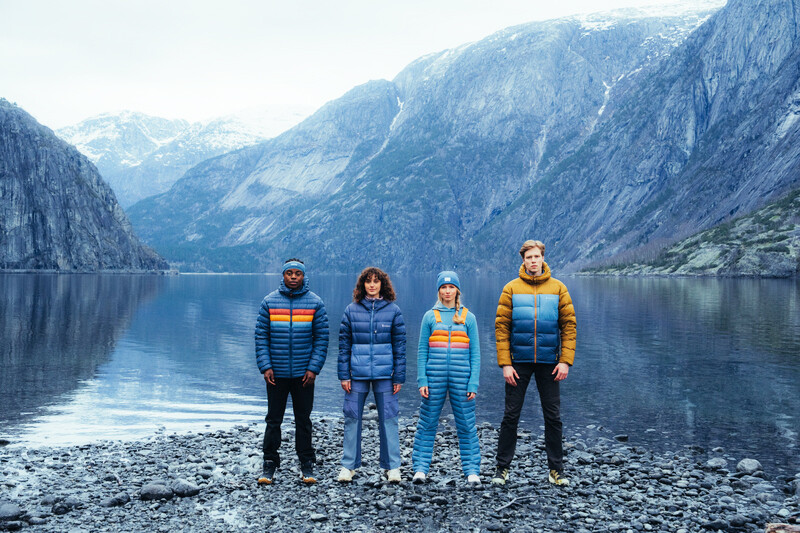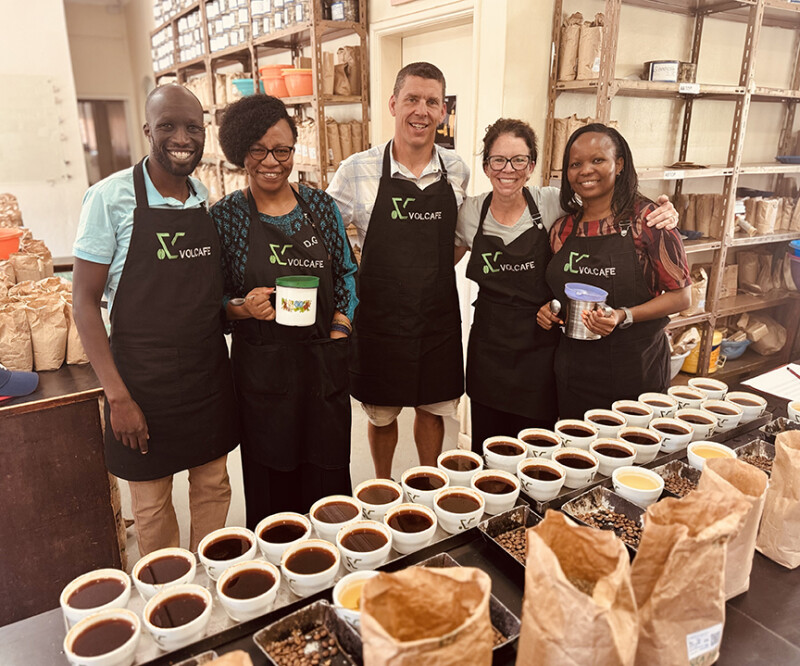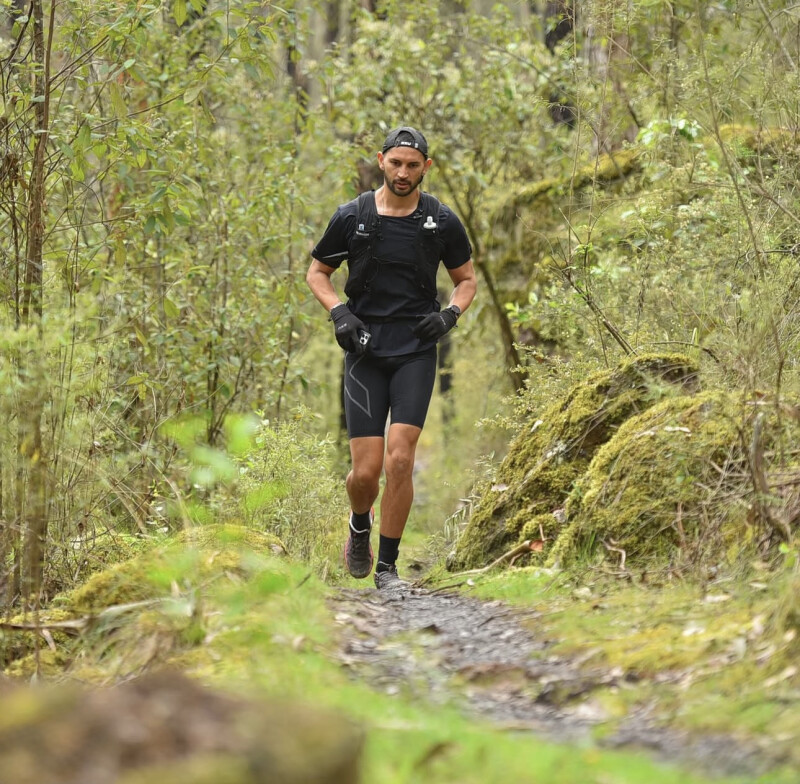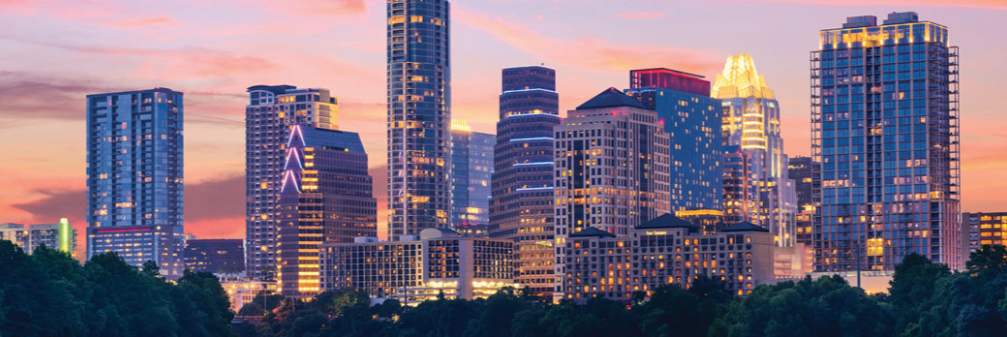As a psychology researcher, Lucas Hamilton was familiar with a phenomenon called “collective effervescence.” The term describes the feeling of human connection and unity during a shared event, such as a concert, religious service, sporting event or even standing in line for ice cream on a hot summer day.
As a runner, meanwhile, Hamilton pondered the uplifting qualities of race day. He then wondered if it was possible to catch “runner’s high” from other runners.
“A common piece of running advice many people hear, myself included, is to ‘run your own race,’ but you’re also running with people around you, which helps you feel like you’re not in it alone,” says Hamilton, an assistant professor of psychology at Augustana University in Sioux Falls, SD.
Combining his understanding of collective effervescence with his own experience at races, Hamilton began investigating if connections to strangers at a race was the “secret sauce” to a productive performance.
Research questions were born: Could people feel the “magic” of race day? And if so, Hamilton asked, how might it impact their results?
To answer his questions, Hamilton focused on the 8th Annual Sioux Falls Half Marathon: Skedaddle Weekend on May 17-18. The multi-day event includes the 13.1-mile Skedaddle as well as The Bryan Boys for Hope Zippy Mile.
Good Expo = PR?
At the event expo, 82 participants – about a quarter of the event’s registered runners – agreed to complete Hamilton’s short survey. He asked questions about feeling connected to others at the event and if the event felt like it had a greater purpose. For those who displayed feelings of collective effervescence, Hamilton wanted to know if those feelings might contribute to a PR or personal goal and then studied the results to find out.
After controlling for age and gender, Hamilton discovered racers who reported higher collective effervescence at the expo were 20 percent more likely to post a new personal best.
“That number really jumped out to me,” Hamilton says, adding that the effect was not explained by having family and friends as support during the race nor experience level, although beginners were roughly 30 percent more likely to post a personal best.
Positive Post-Race Feelings
After the race, Hamilton then followed up with a second survey inquiring about loneliness and mood. He wanted to test if collective effervescence contributed to better post-race psychological benefits. Hamilton found people who maintained collective effervescence after the race experienced lower loneliness and increased positive emotions. In short, the magic of race day persisted.
“The survey results show how powerful an all-around race experience can be,” Hamilton says. “A good race requires physical preparation, but a great race accounts for the mental and social aspects of this sport.”
For example, the Skedaddle’s aid stations were staffed by various social groups and familiar local faces and many people came to the expo to meet the half-marathon pacers they would follow.
“These social connections that happened before, during and after the race helped feed into that ethereal experience of collective effervescence and lead to new highs for many,” Hamilton says. “In sum, the race day ‘hype’ matters.”
Further Study
Encouraged by his early findings, Hamilton hopes to expand his research and survey runners at other events. He’s eager to examine what runners might do to prepare for a strong performance, particularly by tapping into the collective effervescence phenomenon.
“Some folks come to packet pickup, grab their stuff and leave, but what if they instead connected with volunteers, other runners and pacers? If you feel connected to other runners, those positive feelings seem to support performance and then linger after race day,” Hamilton says.
He also wants to explore how race organizers might build connections among participants and enhance the race day experience to foster personal connections and unified spirit.
“Maybe it’s having a karaoke stand near the finish line or a meet-and-greet with pacers at a race expo, or maybe it’s front-loading the experience by hosting a group run on the course a few weeks prior,” Hamilton says. “A great race, it seems, isn’t only about oneself but also those who share the journey with us.”
